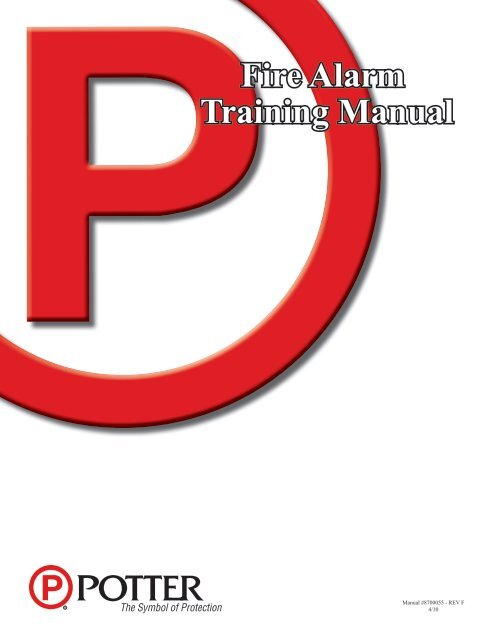CAN/ULC-S524-06 is the Standard for Installation of Fire Alarm Systems and Section 5.2 is entitled “Manual Stations”. Provincial Building Codes and the Vancouver Building ByLaw (VBBL) both reference this Standard so, in Vancouver (as well as the rest of Canada): Sentence 5.2.1 reads: “Manual stations shall be installed not less than 1200 mm and not more than 1400 mm above the finished. Jun 14, 2019 If the path to the ADA-compliant fire extinguisher or pull station is unobstructed, the operable part must be placed from 15 inches to 48 inches off of the finished floor or ground. But when the wheelchair user must reach over an obstruction, these heights may change. Jan 29, 2014 With some exceptions, the 1991 Standards set the maximum height for controls that can be reached by a side reach at 54 inches above the floor or ground; the 2010 Standards, at section 308.3, lower the maximum height (whether by side or forward approach) to 48 inches.

As a fire protection system service company, we’ve performed thousands of fire alarm inspections, testing, and maintenance services. Our technicians usually spot the same fire alarm deficiencies when they service a new customer’s fire alarm system. These common problems involve pull stations, smoke detectors, and fire alarm batteries. Once you know about these deficiencies, you can identify them and take the following steps to prevent these top 3 fire alarm system deficiencies.
What Are the Top 3 Most Common Fire Alarm Deficiencies?
- Pull Station Obstruction and Improper Installation – Is the pull system installed in the correct place, without obstruction, and at the correct height?
- Smoke Detector Failure – Are there any dust particles or objects clogging the fire alarm chamber?
- Fire Alarm Low Battery – Do the panel batteries have a full charge?

1. Fire Alarm Pull Station Obstruction and Improper Installation
The two most commonly found fire alarm pull station code violations include obstruction and incorrect installation height. Facilities usually block pull stations with furniture, plants, boxes, inventory etc. Although this violates the code that states pull stations must be easy to spot, access, and remain unobstructed at all times. NFPA 72, 2013 requires a semiannual visual fire alarm inspection. But you can easily prevent this fire alarm pull station deficiency by training your facility’s team to regularly check up on pull stations. Additionally, make sure your manual fire alarm boxes locations are no less than 42in. and no more than 48in. from the floor. You’ll only have to check on this once, unless you have new pull stations installed in your facility.
2. Smoke Detector Failure

Smoke detectors produce false alarms when dust or bugs clog up their chamber. Double check your service contract and make sure your fire alarm contractor performs smoke detector sensitivity testing every 2 years. This test requires technicians to clean out the smoke detector’s chamber and ensure it’s free from any dust or particles. If construction or any event creates a dusty environment, temporarily cover smoke detectors to prevent particle build-up. This ensures your detectors remain fully operational in between smoke detector sensitivity testing.
3. Fire Alarm Low Battery
Fire alarm panel batteries are a secondary source of power that keeps your system running even if the primary source fails. A low battery can occur at any time. The batteries life span depends on how often it’s used as the primary power source. According to NFPA 72, 2013 lead acid-type batteries require an annual replacement. Additionally, replace batteries according to the manufacturer’s specifications. To prevent low battery fire alarm deficiencies, check on your fire alarm panel. Most panels will indicate whether one of your fire alarm batteries is running low.
As a facility manager, you need to keep all the systems in your facility running properly. Unlike some systems in facilities, facility maintenance can take the initiative to prevent fire alarm deficiencies from occurring. You only need to take a few preventative steps to eliminate the most common fire alarm deficiencies.
Subscribe To Our Newsletter
Join Kinetix’s monthly newsletter and receive expert advice, tips, and the latest industry news to make overseeing fire & life safety easier.

Fire Alarm Manual Pull Station Height Code Requirements

Thank you for your interest in Kinetix Fire!
Fire Alarm Manual Pull Station Height Code California
Categorized in: Education, Fire Alarms